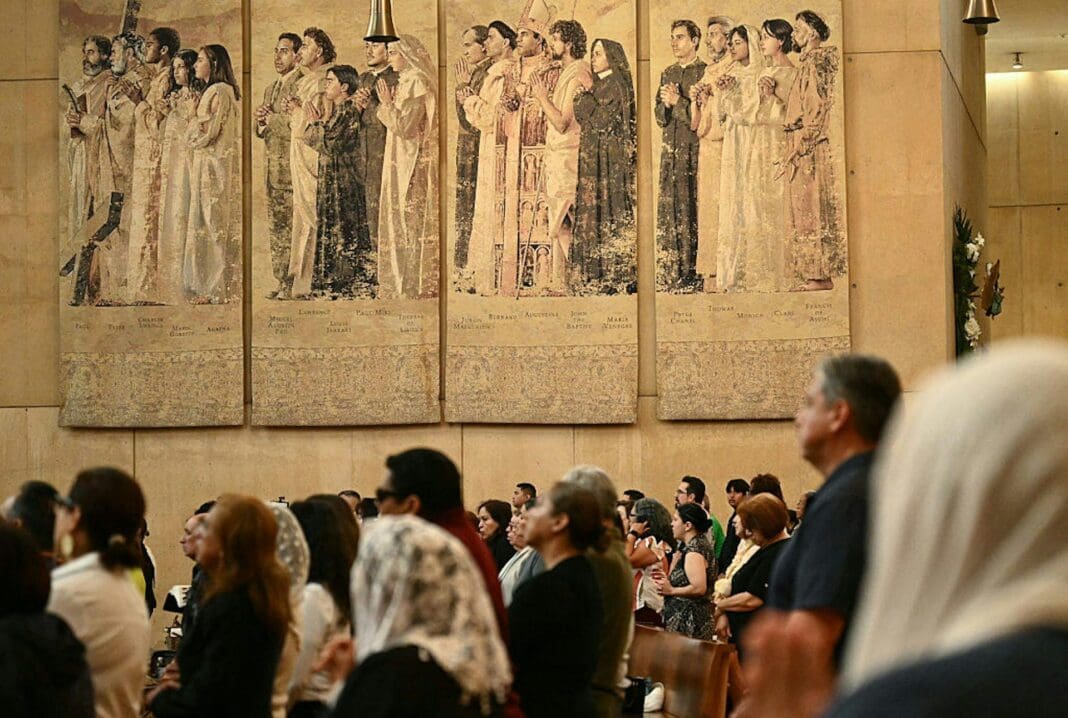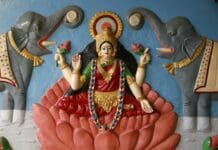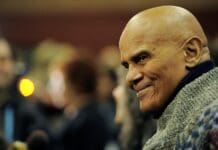More than 130 cardinals entered the Sistine Chapel on May 7, 2025. With the announcement “Extra omnes” – “all out” – the doors have been closed and the cardinals sequestered to elect the next leader of the Catholic Church. They will vote, confer, pray and vote again until a candidate acquires the two-thirds majority needed to become pope.
Ten of the men voting this week are from the United States. The Conversation U.S. asked Maureen Day, a researcher at the University of Southern California who has written several books about the contemporary church, to explain what Catholicism looks like in the U.S. at this high-stakes moment.
How is Catholic identity and practice in the U.S. changing, compared with a generation ago?
In 1987, the year of the first American Catholic Laity survey, nearly half of American Catholics said that faith was “the most” or “among the most” important parts of their life. Now, only 37% say the same.
Others are leaving the Catholic Church completely. The General Social Survey, a national survey conducted every year or two since the 1970s, asks people about the faith they grew up with, as well as their present religious identity. According to our analysis of its data, in 1973 only 10% of Americans who grew up Catholic had changed religions, and another 7% had left religion altogether. By 2018, each of those percentages had increased to 18%.
A Pew Research Center study conducted in 2024 found that for every American who converts to Catholicism, another 8.4 leave. The only reason that Catholicism is able to maintain a relatively steady share of the U.S. population – about 20% – is due to the high percentage of immigrants and migrants who are Catholic.
So my co-authors and I chose the title of our 2025 book, “Catholicism at a Crossroads,” quite intentionally. The church has been facing a variety of challenges for decades, both nationally and across the globe. It’s not just about disaffiliation, but also issues such as the sexual abuse crises and bishops’ decreasing influence on lay Catholics’ personal decisions.
In response, church leaders have mostly offered minor adjustments, such as encouraging parishes to become more family- or young adult-friendly. They have not yet made larger shifts that could substantially alter some of those trend lines.
Some of your work focuses on what you call ‘cultural Catholics’ − defined as Catholics who attend Mass less than once per month. How would you describe cultural Catholicism in the U.S. today?
A big concern of Catholic leaders right now is decreasing Mass attendance, as weekly Mass is an important precept of the Catholic Church. Sunday Mass is a place for Catholics to participate in the sacraments, strengthen their faith and build relationships with other Catholics.
One of the things Catholic leaders tend to attribute this drop in attendance to is a broader trend of secularism. There might be some merit to this, but it can’t be the whole story. In our analysis of General Social Survey data, for example, the percentage of Protestant Christians who say they attend worship services weekly was 35% in 1950 and 40% in 2023. Among Catholics, however, weekly Mass attendance has declined from 63% to 30% in these same years.
“Cultural Catholics” who say they attend Mass “a few times a year” or “seldom or never” account for 53% of U.S. Catholics. Many of them demonstrate strong ties to Catholic teachings in other ways. For example, around 70% to 80% of cultural Catholics say that it is “essential” or “somewhat essential” to Catholicism to help the poor, have a devotion to Mary and practice daily prayer.
There are findings that can lend themselves to either a “glass half empty” or “glass half full” interpretation. For instance, it might be heartening to Catholic leaders to know that 62% of cultural Catholics say it is important that future generations of their family are Catholic – although this is much lower than the 89% among those who attend Mass frequently.
And when these cultural Catholics imagine future generations of their family being Catholic, what does that mean? Perhaps it entails simply a few milestones, like receiving baptism, First Communion and possibly Confirmation – the three sacraments that initiate a person into the Catholic faith. The way many cultural Catholics are loosely tethered to the church, without much involvement in parish life, is a great concern for many Catholic leaders.
What main challenges do you see for the American church under the next pope?
I would argue that the American church’s biggest challenge is how to heal the factionalism within itself.
On the one hand, there is a great deal of common ground among the most active Catholics, even with the diversity still found here. According to our analysis, 20% of Catholics are “high commitment”: those who say they attend Mass weekly, are unlikely to leave the faith, and that the church is very important to them. These Catholics are more likely to depart from their political party’s position on an issue if it does not align with Catholic teachings. For example, high-commitment Catholic Republicans are much more likely to support the bishops’ position on making the immigration process easier for families. High-commitment Catholic Democrats, meanwhile, are more likely to be against abortion than are their moderate- or low-commitment counterparts.
In other words, these high-commitment Catholics tend to be less polarized and could find common cause with one another.
However, there are more extreme pockets – such as those who called into question the legitimacy of Francis’ papacy – that are more militant about their vision of Catholicism. While these Catholics are few in number, they are very vocal. There are fringe groups that mobilized to try to change the direction of the Catholic Church after Francis’ papacy, which they saw as a series of liberal reforms.
Within more mainstream Catholicism, there are divides over styles of worship, with media attention on some young Americans flocking to more conservative or traditional parishes. However, sociologist Tim Clydesdale and religion scholar Kathleen Garces-Foley found that young adult Catholics are split: While some are attracted to churches with pastors who demonstrate “orthodoxy,” a similar number prefer “openness.”
What do you wish more people understood about Catholicism in the U.S.?
I think the “missing piece” for many is the incredible diversity of U.S. Catholicism, from race and ethnicity to politics and practice. Many Americans tend to associate the religion with one or two issues, such as abortion and same-sex marriage, and assume that Catholics are fairly monolithic, both in their demographics and their politics.
Catholics themselves can also forget – or never learn – that their small slice of Catholicism is not the whole of Catholicism.
Recognizing and elevating what unites this vast family of Catholics, both personally and collectively, is going to be critical as the church moves forward.
This article is republished from The Conversation, a nonprofit, independent news organization bringing you facts and trustworthy analysis to help you make sense of our complex world. It was written by: Maureen K. Day, University of Southern California
Read more: Francis, a pope of many firsts: 5 essential reads The Catholic Church is increasingly diverse – and so are its controversies Vatican synod is opening the door a bit wider for Catholic women − but they’ve been knocking for more than 100 years
The work mentioned in this article was funded largely by the Louisville Institute. Her previous research has received funding from many sources, including the United States Conference of Catholic Bishops.














